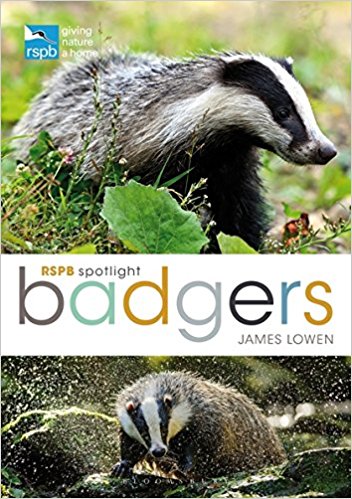Predators

Adult badgers have few natural enemies. They have powerful jaws
and can give a very nasty bite - this is something you should
remember if you ever find an injured badger!. Also, the badger
has thick fur, and its skin is thick and loose. This means that
even if
another animal gets hold of a badger in its jaws, it finds it
difficult to do
much harm to the badger, but the badger can still turn round and bite
back!
The badger's striking black and white face probably warns other
animals to keep away. This is called warning colouration. Other
animals with warning colouration include the skunk (with black and
white stripes), which can spray attackers with a horrible-smelling
liquid, and bees and wasps (with black and yellow stripes) which
can sting.
Although adult badgers can defend themselves very well, badger
cubs cannot. Cubs are smaller, and they do not have the powerful
bite of an adult badger. However, if a cub comes under attack from
a predator, it can make itself look like an adult badger. The cub
does this by fluffing up its fur, making itself look bigger. It
also turns to face its enemy, showing its black and white face.
This may be enough to frighten off the attacker.
Even so, in Britain badger cubs are sometimes killed and eaten
by foxes. From time to time they may also be taken by large birds
of prey like golden eagles and buzzards. In some other
countries, other predators may take cubs - including wolves,
lynx, bears,
Wolverines and eagle owls.
| RSPB Spotlight on Badgers book |
 |
James
Lowen explores the lives of badgers and their communal
living, feeding habits and threats to their conservation. Click
here to buy:
Paperback edition
Kindle edition
|
|
